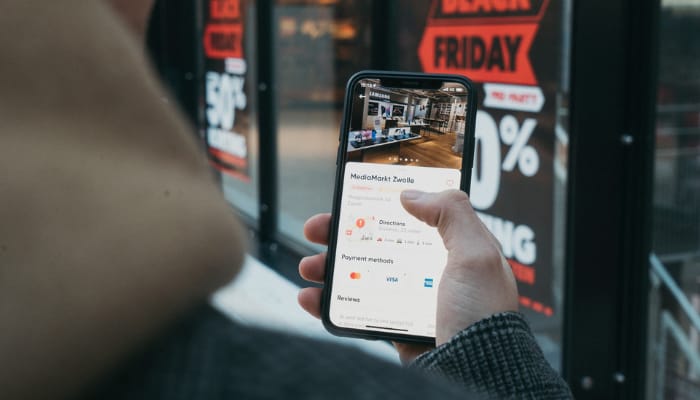Hong Kong – As the rise of scam messages from fraudulent entities begin to overwhelm consumers, users in the Asia-Pacific region now have their trust with brands slowly erode once brands get entangled in any form of scam messages, the latest survey from digital trust company Callsign shows.
According to their latest insights, around 52% of APAC users lose trust with the brands they are loyal to once a scam message sent to them claims to be associated with their favorite brand, regardless of any real association to the message itself or its actual content.
Such loss of brand confidence also unveils a reason that 28% of APAC users state that they receive more scam messages than personal messages from friends and family. On a global scale, the insights puts out the ratio of people receiving scam messages at around 4 out of 5 people.
As 51% of APAC respondents admit that they have fallen victim at some point in their lives to these SMS fraud or scam messages, 29% of the respondents say that they have stopped using the brand mentioned or allegedly associated with the fraud message.
“The problem has become so pervasive that consumers mistrust the technology, processes designed to protect them from fraudsters and confirm identities with many adamant that users must prove beyond doubt who they are when logging in to use a platform, and that there should be an online identity system to quell the surge of scams,” Callsign said in a press statement.
With these issues in mind, 45% of APAC respondents say they think identity is the problem and that people should prove who they are when signing into any platform, which includes authentication measures like two-factor authentication (2FA) and third-party app authenticators.
For Stuart Dobbie, senior vice president for innovation at Callsign, the insights shows that consumer trust in our digital world has vanished and, rightly or wrongly brands, are being blamed. He added despite all these sentiments,little is being actually done to purposely re-establish digital trust through complete and accurate digital identities.
He further explained that with consumers feeling the brunt of perceived inaction by organizations, it is no surprise that they are asking for more protection, and that if we continue to be unable to know and trust that the person is who they say they are online, large parts of society will stop working.
“Digital trust is about the confidence we have in the technology, processes, and people to secure our digital world. Digital trust is underpinned by digital identities, and the fact that scams are running wild proves that our digital identities are well and truly broken. It’s time to re-think fraud prevention strategies, identifying genuine users through their behaviors will allow us to identify users online and re-establish digital trust,” Dobbie added.
Meanwhile, Namrata Jolly, general manager for Asia-Pacific at Callsign, commented, “The solution lies in re-thinking how we fight fraud and how we identify people online. Current approaches tackle both challenges by only identifying fraud. The problem with this approach is that a fraudster using stolen credentials looks like a genuine user gaining access to accounts or executing transactions. If instead fraud strategies look to positively identify only genuine users, this automatically and simultaneously prevents fraud.”












